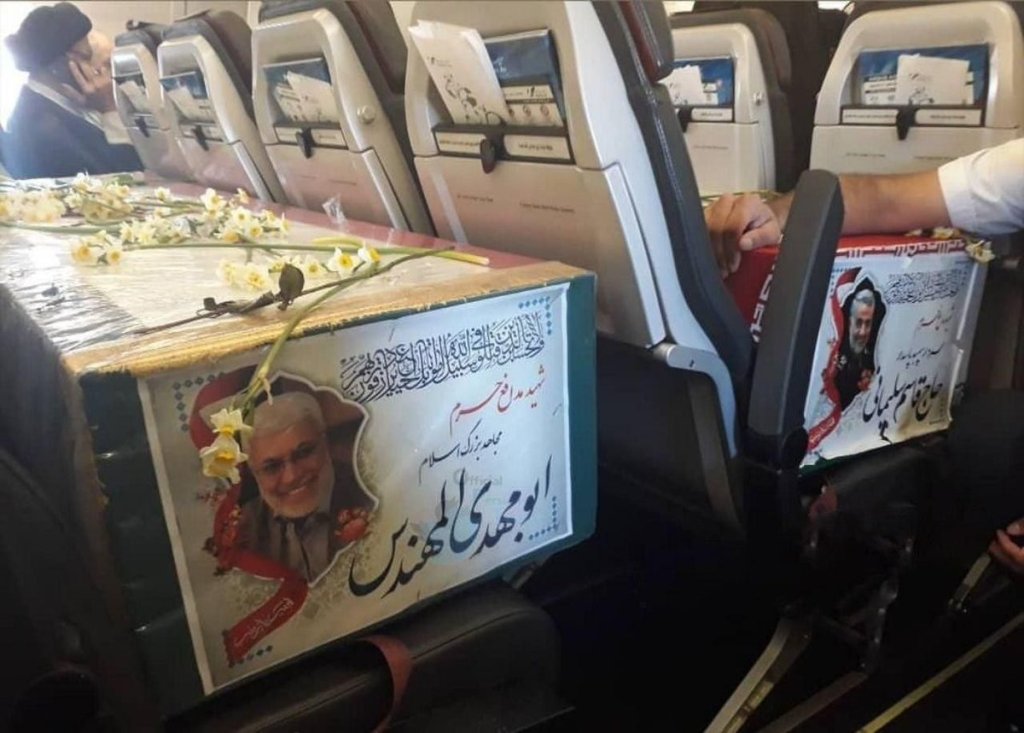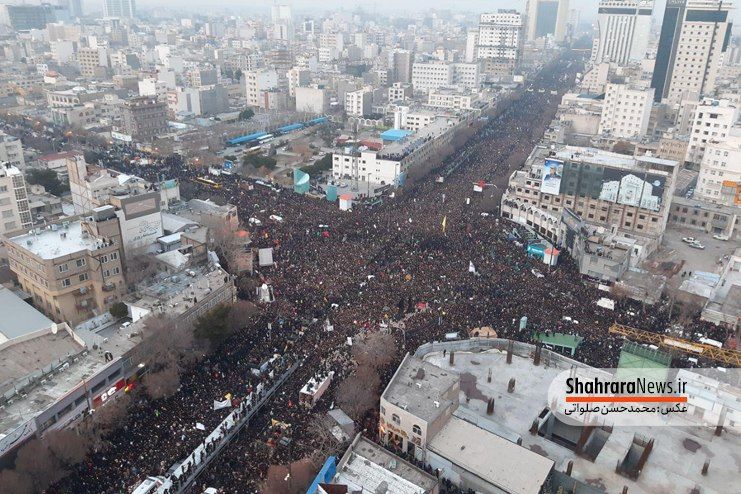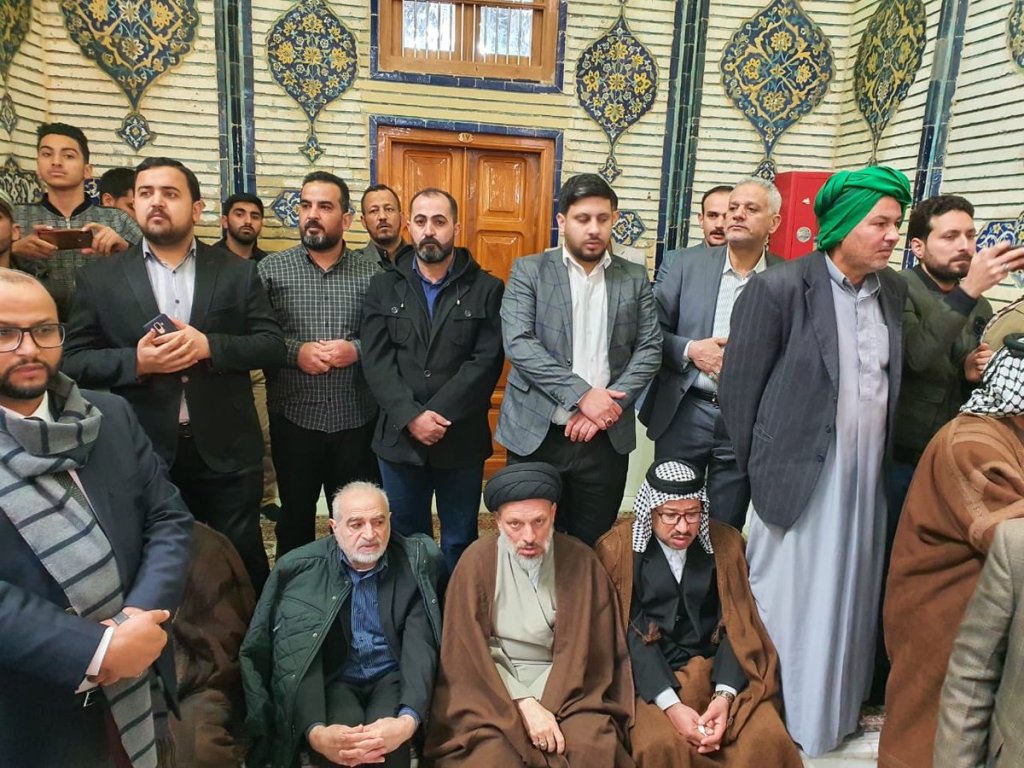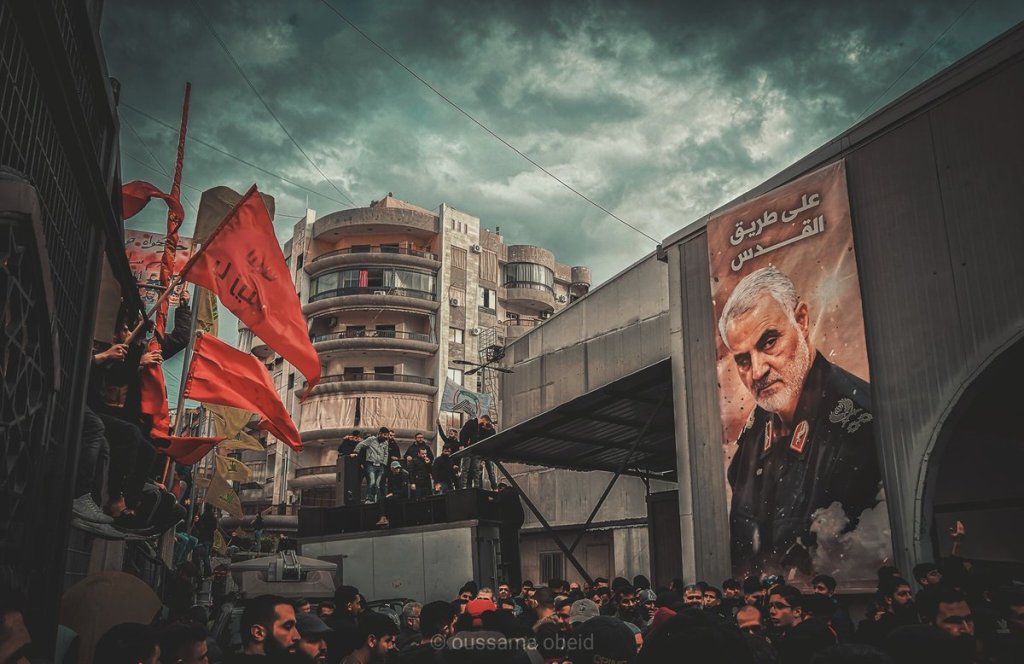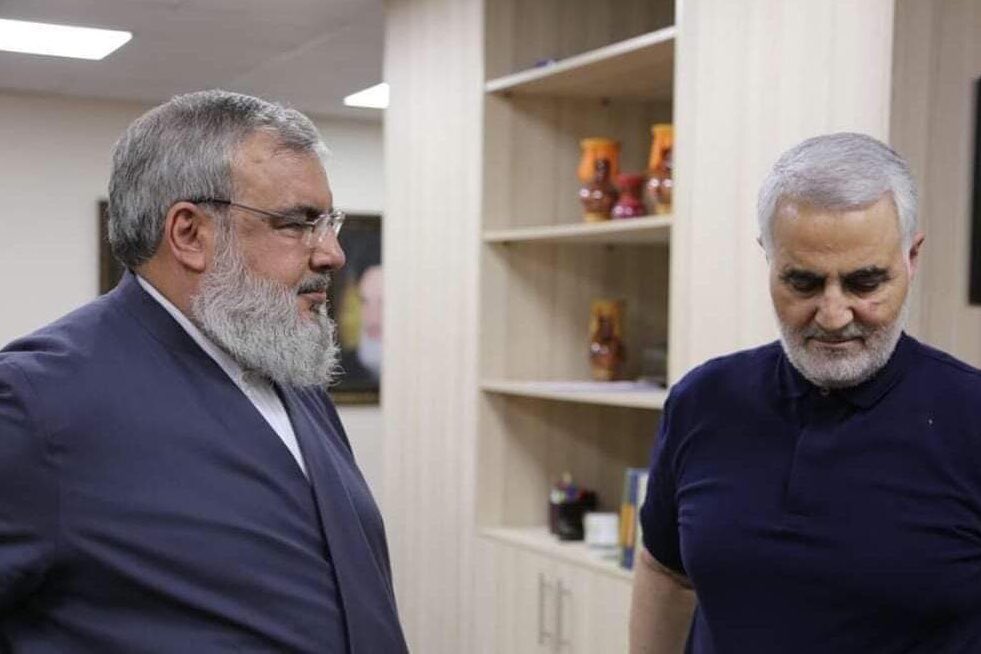Fragmentation in the Axis of Resistance Led to Soleimani’s Death
ANALYSIS, 13 Jan 2020
Elijah J Magnier – TRANSCEND Media Service
5 Jan 2020 – It was not the US decision to fire missiles against the IRGC commander Brigadier General Qassem Soleimani that killed the Iranian officer and his companions in Baghdad. Yes, of course, the order that was given to launch missiles from the two drones (which destroyed the two cars carrying Sardar Soleimani and his companion the Iraqi commander in al-Hashd al-Shaabi Jamal Jaafar Al-Tamimi aka Abu Mahdi al-Muhandes and burned their bodies in the vehicle) came from US command and control. However, the reason President Donald Trump made this decision derives from the weakness of the “axis of resistance”, which has completely retreated from the level of performance that Iran believed it was capable of after decades of work to strengthen this “axis”.
A close companion of Major General Qassim Soleimani, to whom he spoke hours before boarding the plane that took him from Damascus to Baghdad, told me: “The nobleman died. Palestine above all has lost Hajj Qassem (Soleimani). He was the “King” of the Axis of the Resistance and its leader. He was assassinated and this is exactly what he was hoping to reach in this life (Martyrdom). However, this axis will live and will not die. No doubt, the Axis of the Resistance needs to review its policy and regenerate itself to correct its path. This was what Hajj Qassim was complaining about and planning to work on and strategizing about in his last hours. ”
The US struck Iran at the heart of its pride by killing Major General Soleimani. But the “axis of the Resistance” killed him before that. This is how:
When Israeli Prime Minister Benjamin Netanyahu assassinated the deputy head of the Military Council (the highest authority in the Lebanese Hezbollah, which is headed by its Secretary-General, Hassan Nasrallah), Hajj Imad Mughniyah in Damascus, Syria, Hezbollah could not avenge him until today.
When Trump gave Netanyahu Jerusalem as the “capital of Israel”, the “Axis of the Resistance” did not move except by holding television symposia and conferences verbally rejecting the decision.
When President Trump offered the occupied Syrian Golan Heights to Israel and the “Axis of Resistance” did not react, the US President Donald Trump and his team understood that they were opposed by no effective deterrent. The inaction of the Resistance axis emboldened Trump to do what he wants.
And when Israel bombed hundreds of Syrian and Iranian targets in Syria, the “Axis of the Resistance” justified its lack of retaliation by the typical sentence: “We do not want to be dragged along by the timing of the engagement imposed by the enemy,” as a senior official in this axis told me.
In Iraq shortly before his death, Major General Soleimani was complaining about the weakening of the Iraqi ranks within this “Axis of the Resistance”, represented by the Al-Bina’ (Construction) Alliance and other groups close to this alliance like Al-Hikma of Ammar al-Hakim and Haidar al-Abadi, formerly close to Iran, that have gone over to the US side.
In Iraq, Major General Soleimani was very patient and never lost his temper. He was trying to reconcile the Iraqis, both his allies and those who had chosen the US camp and disagreed with him. He used to hug those who shouted at him to lower tensions and continue dialogue to avoid spoiling the meeting. Anyone who raised his voice during discussions soon found that it was Soleimani who calmed everyone down.
Hajj Qassem Soleimani was unable to reach a consensus on the new Prime Minister’s name among those he deemed to be allies in the same coalition. He asked Iraqi leaders to select the names and went through all of these asking questions about the acceptability of these names to the political groups, to the Marjaiya, to protestors in the street and whether the suggested names were not provocative or challenging to the US. Notwithstanding the animosity between Iran and the US, Soleimani encouraged the selection of a personality that would not be boycotted by the US. Soleimani believed the US capable of damaging Iraq and understood the importance of maintaining a good relationship with the US for the stability of the country.
Soleimani was shocked by the dissension among Iraqi Shia and believed that the “axis of resistance” needed a new vision as it was faltering. In the final hours before his death, Major General Soleimani was ruminating on the profound antagonisms between Iraqis of the same camp.
When the Iraqi street began to move against the government, the line rejecting American hegemony was fragmented because it was part of the authority that ruled and governed Iraq. To make matters worse, Sayyed Muqtada al-Sadr directed his arrows against his partners in government, as though the street demonstrations did not target him, the politician controlling the largest number of Iraqi deputies, ministers and state officials, who had participated in the government for more than ten years.
Major General Soleimani admonished Moqtada Al-Sadr for his stances, which contributed to undermining the Iraqi ranks because the Sadrist leader did not offer an alternative solution or practical project other than the chaos. Moqtada has his own men, the feared Saraya al-Salam, present in the street.
When US Defense Secretary Mark Esper called Iraqi Prime Minister Adel Abdul-Mahdi on December 28 and informed him of America’s intentions of hitting Iraqi security targets inside Iraq, including the PMU, Soleimani was very disappointed by Abdul-Mahdi’s failure to effectively oppose Esper. Abdul-Mahdi merely told Esper that the proposed US action was dangerous. Soleimani knew that the US would not have hit Iraqi targets had Abdul-Mahdi dared to oppose the US decision. The targeted areas were a common Iranian-Iraqi operational stage to monitor and control ISIS movements on the borders with Syria and Iraq. The US would have reversed its decision had the Iraqi Prime Minister threatened the US with retaliation in the event that Iraqi forces were bombed and killed. After all, the US had no legal right to attack any objective in Iraq without the agreement of the Iraqi government. This decision was the moment when Iraq has lost its sovereignty and the US took control of the country.
This effective US control is another reason why President Trump gave the green light to kill Major General Soleimani. The Iraqi front had demonstrated its weakness and also, it was necessary to select a strong Iraqi leader with the guts to stand to the US arrogance and unlawful actions.
Iran has never controlled Iraq, as most analysts mistakenly believe and speculate. For years, the US has worked hard in the corridors of the Iraqi political leadership lobby for its own interests. The most energetic of its agents was US Presidential envoy Brett McGurk, who clearly realised the difficulties of navigating inside Iraqi leaders’ corridors during the search for a prime minister of Iraq before the appointment of Adel Abdel Mahdi, the selection of President Barham Saleh and other governments in the past. Major General Soleimani and McGurk shared an understanding of these difficulties. Both understood the nature of the Iraqi political quagmire.
Soleimani did not give orders to fire missiles at US bases or attack the US Embassy. If it was in his hands to destroy them with accurate missiles and to remove the entire embassy from its place without repercussions, he would not have hesitated. But the Iraqis have their own opinions, methods, modus operandi and selection of targets and missile calibres; they never relied on Soleimani for such decisions.
Iranian involvement in Iraqi affairs was never welcomed by the Marjaiya in Najaf, even if it agreed to receive Soleimani on a few occasions. They clashed over the reelection of Nuri al-Maliki, Soleimani’s preferred candidate, to the point that the Marjaiya wrote a letter making its refusal of al-Maliki explicit. This led to the selection of Abadi as prime minister.
Soleimani’s views contradicted the perception of the Marjaiya, that had to write a clear message, firstly, to reject the re-election of Nori al-Maliki to a third session, despite Soleimani’s insistence.
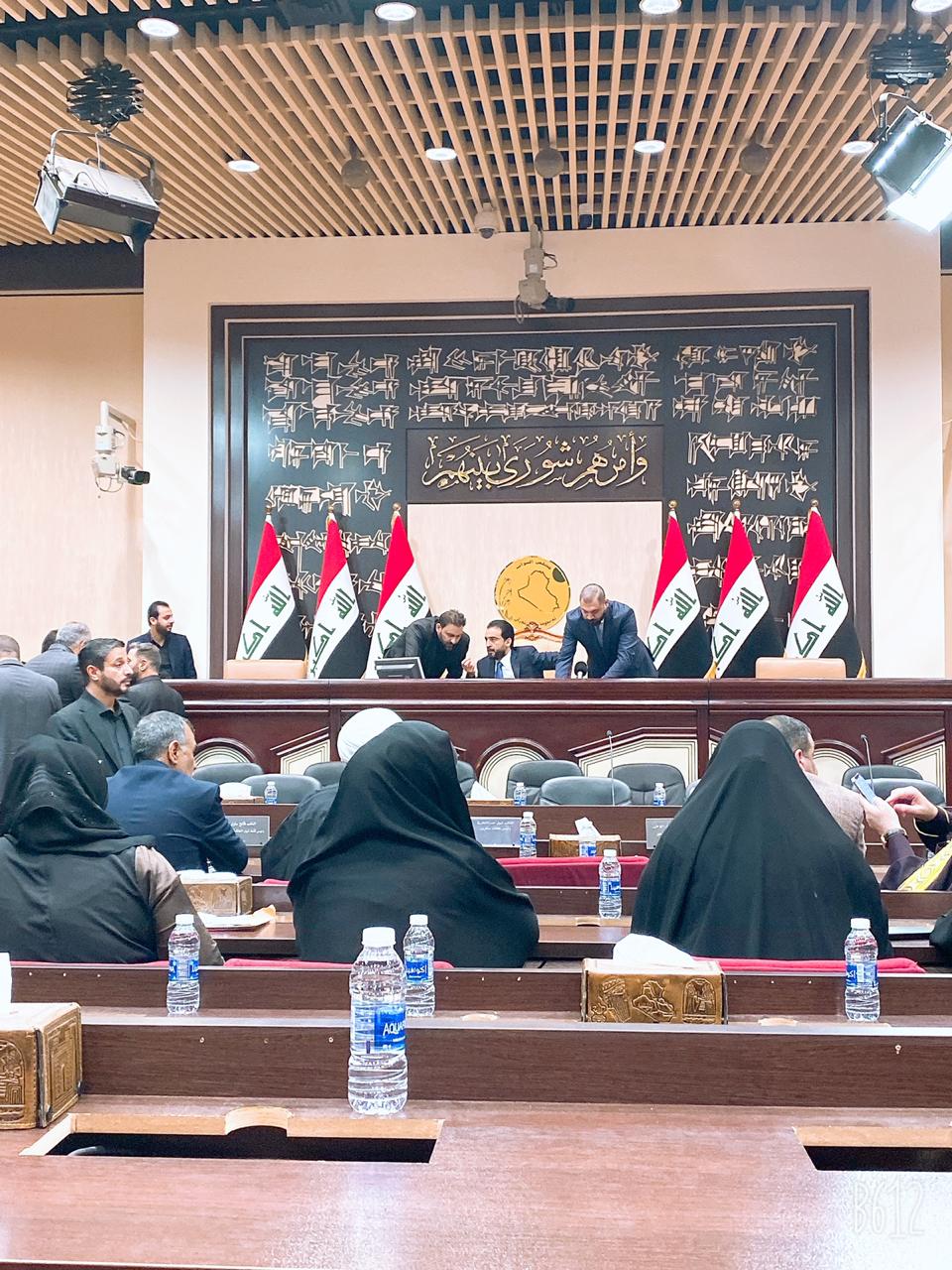
All of the above is related to the stage that followed the 2011 departure of US forces from Iraq under President Obama. Prior to that, Abu Mahdi Al-Muhandis was the link between the Iraqis and Iran: he had the decision-making power, the vision, the support of various groups, and effectively served as the representative of Soleimani, who did not interfere in the details. These Iraqi groups met with Soleimani often in Iran; Soleimani rarely travelled to Iraq during the period of heavy US military presence.
Soleimani, although he was the leader of the “Axis of the Resistance”, was sometimes called “the king” in some circles because his name evokes Solomon. According to sources within the “Axis of the Resistance”, he “never dictated his own policy but left a margin of movement and decision to all leaders of the axis without exception. Therefore, he was considered the link between this axis and the supreme leader Sayyed Ali Khamenei. Soleimani was able to contact Sayyed Khamenei at any time and directly without mediation. The Leader of the revolution considered Soleimani as his son.
According to sources, in Syria, Soleimani “never hesitated to jump inside a truck, ride an ordinary car, take the first helicopter, or travel on a transport or cargo plane as needed. He did not take any security precautions but used his phone (which he called a companion spy) freely because he believed that when the decision came to assassinate him, he would follow his destiny. He looked forward to becoming a martyr because he had already lived long.”
Was the leader of the “resistance axis” managing and running it?
Sayyed Ali Khamenei told Sayyed Hassan Nasrallah: “You are an Arab and the Arabs accept you more than they accept Iran”. Sayyed Nasrallah directed and managed the axis of Lebanon, Syria and Yemen and had an important role in Iraq. Hajj Soleimani was the liaison between the axis of the resistance and Iran and he was the financial and logistical officer. According to my source, “He was a friend of all leaders and officials of all ranks. He was humble and looked after everyone he had to deal with”.
The “Axis of Resistance” indirectly allowed the killing of Qassem Soleimani. If Israel and the US could know Sayyed Nasrallah’s whereabouts, they would not hesitate a moment to assassinate him. They may be aware: the reaction may be limited to burning flags and holding conferences and manifesting in front of an embassy. Of course, this kind of reaction does not deter President Trump who wants to be re-elected with the support of Israel and US public opinion. He wants to present himself as a warrior and determined leader who loves battle and killing.
Iran invested 40 years building the “Axis of the Resistance”. It cannot remain idle, faced with the assassination of the Leader of this axis. Would a suitable price be the US exit from Iraq and condemnation in the Security Council? Would that, together with withdrawal from the nuclear deal, be enough for Iran to avenge its General? Will the ensuing battle be confined to the Iraqi stage? Will it be used for the victory of certain Iraqi political players?
The assassination of its leader represents the supreme test for the Axis of Resistance. All sides, friend and foe, are awaiting its response.
_____________________________________________
 Elijah J. Magnier: Veteran war zone correspondent and senior political risk analyst with over 35 years’ experience covering the Middle East and acquiring in-depth experience, robust contacts and political knowledge in Iran, Iraq, Lebanon, Libya, Sudan and Syria. Specialised in terrorism and counter-terrorism, intelligence, political assessments, strategic planning and thorough insight in political networks in the region. Covered on the ground the Israeli invasion to Lebanon (1st war 1982), the Iraq-Iran war, the Lebanese civil war, the Gulf war (1991), the war in the former Yugoslavia (1992-1996), the US invasion to Iraq (2003 to date), the second war in Lebanon (2006), the war in Libya and Syria (2011 to date). Lived for many years in Lebanon, Bosnia, Iraq, Iran, Libya and Syria.
Elijah J. Magnier: Veteran war zone correspondent and senior political risk analyst with over 35 years’ experience covering the Middle East and acquiring in-depth experience, robust contacts and political knowledge in Iran, Iraq, Lebanon, Libya, Sudan and Syria. Specialised in terrorism and counter-terrorism, intelligence, political assessments, strategic planning and thorough insight in political networks in the region. Covered on the ground the Israeli invasion to Lebanon (1st war 1982), the Iraq-Iran war, the Lebanese civil war, the Gulf war (1991), the war in the former Yugoslavia (1992-1996), the US invasion to Iraq (2003 to date), the second war in Lebanon (2006), the war in Libya and Syria (2011 to date). Lived for many years in Lebanon, Bosnia, Iraq, Iran, Libya and Syria.
Copyright © https://ejmagnier.com 2019
Go to Original – ejmagnier.com
Tags: Conflict, Geopolitics, Hegemony, History, Imperialism, International Relations, Iran, Israel, Middle East, Politics, Power, Targeted Assassination, Trump, US Military, USA, Violence, War, West
DISCLAIMER: The statements, views and opinions expressed in pieces republished here are solely those of the authors and do not necessarily represent those of TMS. In accordance with title 17 U.S.C. section 107, this material is distributed without profit to those who have expressed a prior interest in receiving the included information for research and educational purposes. TMS has no affiliation whatsoever with the originator of this article nor is TMS endorsed or sponsored by the originator. “GO TO ORIGINAL” links are provided as a convenience to our readers and allow for verification of authenticity. However, as originating pages are often updated by their originating host sites, the versions posted may not match the versions our readers view when clicking the “GO TO ORIGINAL” links. This site contains copyrighted material the use of which has not always been specifically authorized by the copyright owner. We are making such material available in our efforts to advance understanding of environmental, political, human rights, economic, democracy, scientific, and social justice issues, etc. We believe this constitutes a ‘fair use’ of any such copyrighted material as provided for in section 107 of the US Copyright Law. In accordance with Title 17 U.S.C. Section 107, the material on this site is distributed without profit to those who have expressed a prior interest in receiving the included information for research and educational purposes. For more information go to: http://www.law.cornell.edu/uscode/17/107.shtml. If you wish to use copyrighted material from this site for purposes of your own that go beyond ‘fair use’, you must obtain permission from the copyright owner.
